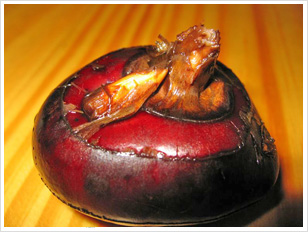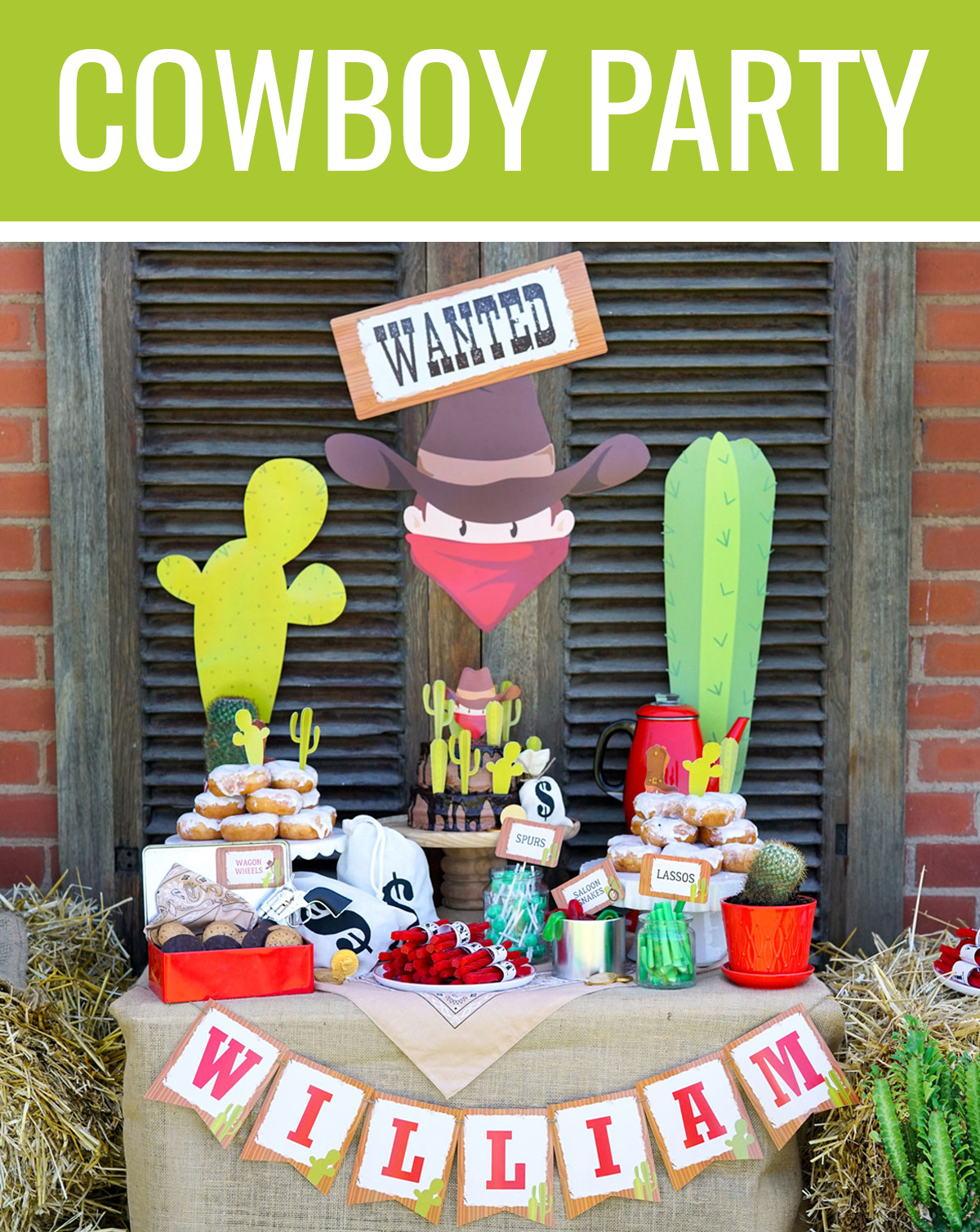The Chinese water chestnut is a grass-like sedge grown for its edible corms. It grows underwater in mud and has a tube-shaped, leafless green stem that can grow up to about 1.5 metres. The small, rounded corms have a crispy white flesh that can be eaten raw, slightly boiled, grilled, pickled or tinned.
Water chestnuts are unusual among vegetables for remaining crisp even after being cooked or canned – they do this because their cell walls are cross-linked and strengthened by certain phenolic compounds.
When boiled water chestnuts have a firm and somewhat crunchy texture. The flavour is very mild and slightly nutty in taste – however it’s easily overpowered by any seasonings or sauces it’s served or cooked with.
Water chestnuts are often combined with bamboo shoots, cilantro, ginger, sesame oil and snow peas, and common in pasta or rice dishes. They are a popular ingredient in Chinese dishes especially, hence the name Chinese water chestnut.
Unpeeled water chestnuts can be stored in a plastic bag in the fridge for several weeks, and once peeled they can be frozen with no loss of texture or flavour. Ground into a lumpy flour and fried, water chestnuts can make a beautiful, crisp, delicate crust.
After tasting fresh water chestnuts, the canned version will never be the same again. The lively, fresh, crisp, juicy texture might stay, but the subtly sweet taste of the water chestnut tend to vanish after it’s been canned.
Reference: www.wikipedia.org












